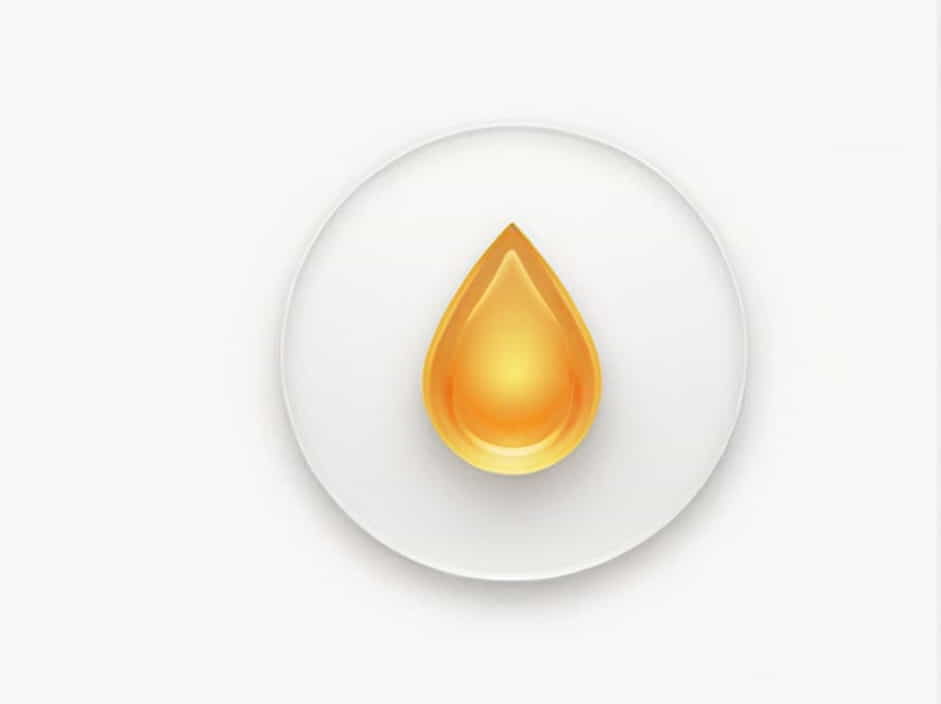The Pacinian corpuscle is a specialized sensory receptor found in the skin, joints, and internal organs. It plays a crucial role in detecting vibrations and deep pressure, allowing humans to sense textures, surfaces, and external forces. These receptors are highly sensitive and contribute to tactile perception and proprioception.
Understanding the structure, function, and significance of Pacinian corpuscles helps explain how the body interprets mechanical stimuli. This topic explores their anatomy, working mechanism, role in the nervous system, clinical relevance, and ways to maintain sensory health.
Anatomy and Structure of the Pacinian Corpuscle
1. What Is a Pacinian Corpuscle?
- A Pacinian corpuscle (also known as a lamellar corpuscle) is a mechanoreceptor that detects changes in pressure and vibrations.
- It is named after Filippo Pacini, the scientist who discovered it in the 19th century.
2. Where Are Pacinian Corpuscles Located?
Pacinian corpuscles are found in areas that require sensitivity to deep touch and vibrations, including:
- Skin (especially fingertips, palms, and soles of the feet)
- Joints and ligaments (helping detect movement and pressure)
- Internal organs (such as the pancreas and mesentery, where they detect mechanical changes)
3. Structure of the Pacinian Corpuscle
- Onion-like shape: The Pacinian corpuscle consists of multiple concentric layers, resembling an onion.
- Encapsulated nerve ending: Inside, a nerve fiber is surrounded by layers of connective tissue filled with fluid.
- Rapid adaptation: Due to its structure, it quickly adapts to stimuli and is sensitive to fast vibrations rather than sustained pressure.
Function of the Pacinian Corpuscle
1. Detecting Vibrations and Deep Pressure
- Pacinian corpuscles are specialized to detect rapid mechanical changes.
- They are highly sensitive to frequencies between 10-500 Hz, making them essential for sensing textures and surfaces.
2. Role in Tactile Perception
- These receptors help distinguish between smooth and rough textures.
- They contribute to activities like writing, typing, or using tools, where fine touch sensitivity is required.
3. Assisting in Proprioception (Body Awareness)
- In joints and ligaments, Pacinian corpuscles provide feedback about movement and pressure changes.
- They help the brain understand limb position and force application, aiding in balance and coordination.
4. Contribution to Reflex Actions
- These receptors send rapid signals to the central nervous system to respond to sudden pressure changes.
- This reflexive function protects the body from potential harm, such as withdrawing from excessive force.
How Pacinian Corpuscles Work
1. Activation by Mechanical Stimuli
- When pressure or vibration is applied to the skin, the layers of the corpuscle deform, stimulating the nerve ending inside.
2. Generation of Electrical Signals
- This mechanical deformation causes ion channels in the nerve fiber to open, leading to an electrical signal (action potential).
- The signal travels through sensory neurons to the brain for interpretation.
3. Rapid Adaptation to Stimuli
- Pacinian corpuscles quickly adapt to constant pressure, meaning they stop responding if the stimulus remains unchanged.
- This allows the body to focus on new or changing stimuli, rather than being overwhelmed by constant sensations.
Comparison With Other Mechanoreceptors
| Receptor Type | Function | Location | Adaptation Speed |
|---|---|---|---|
| Pacinian Corpuscle | Detects vibrations and deep pressure | Deep skin layers, joints, internal organs | Rapid adaptation |
| Meissner’s Corpuscle | Detects light touch and texture | Fingertips, lips, eyelids | Rapid adaptation |
| Merkel Cells | Detect sustained pressure and shape | Fingertips, hair follicles | Slow adaptation |
| Ruffini Endings | Detect skin stretch and joint movement | Deep skin, tendons, ligaments | Slow adaptation |
Clinical Significance of Pacinian Corpuscles
1. Neurological Disorders Affecting Sensory Perception
- Damage to nerves or receptors can lead to loss of vibration and pressure sensitivity.
- Conditions like peripheral neuropathy (common in diabetes) can impair these functions, leading to numbness and loss of sensation.
2. Role in Medical Diagnostics
- Doctors use vibration tests (tuning fork test) to assess Pacinian corpuscle function in neurological exams.
- Reduced sensitivity may indicate nerve damage or compression disorders.
3. Effects of Aging on Pacinian Corpuscles
- As people age, Pacinian corpuscles decrease in number and function.
- This can result in reduced tactile sensitivity, making it harder for older adults to detect fine vibrations and textures.
How to Maintain Sensory Health
1. Protecting the Nervous System
- Avoid repetitive trauma to the hands and feet to prevent nerve damage.
- Maintain good circulation with regular exercise and stretching.
2. Managing Blood Sugar Levels
- People with diabetes should control blood sugar to prevent neuropathy that affects sensory receptors.
3. Regular Sensory Stimulation
- Engaging in activities like playing a musical instrument, braille reading, or manual work keeps mechanoreceptors active.
4. Proper Nutrition for Nerve Health
- Vitamins B12 and D support healthy nerve function.
- Omega-3 fatty acids promote nerve repair and regeneration.
Fun Facts About Pacinian Corpuscles
- These receptors can detect vibrations as subtle as a buzzing phone in your pocket.
- Pacinian corpuscles are one of the largest sensory receptors in the body, visible to the naked eye.
- They are responsible for the sensation of deep pressure massages.
The Pacinian corpuscle is a vital sensory receptor that detects vibrations and deep pressure, helping humans interact with their environment. Located in the skin, joints, and internal organs, these specialized mechanoreceptors contribute to tactile perception, proprioception, and reflex actions.
Understanding their function and clinical significance allows for better management of sensory health, especially in conditions like neuropathy and aging-related sensory decline. By protecting nerve health through exercise, proper nutrition, and medical care, we can maintain optimal sensory function and improve our interaction with the world.
